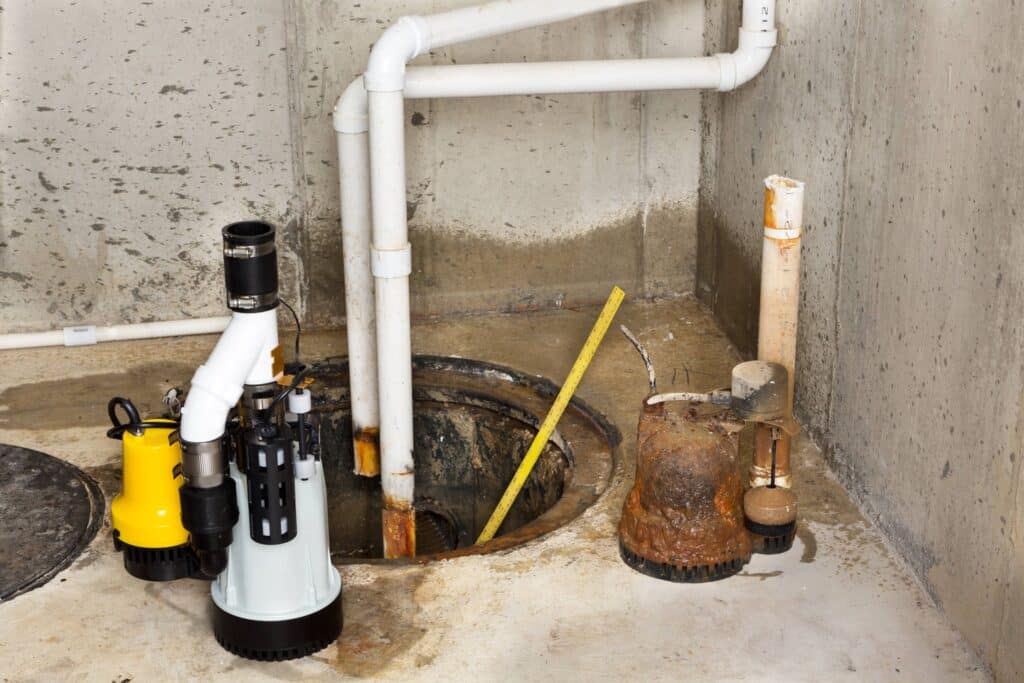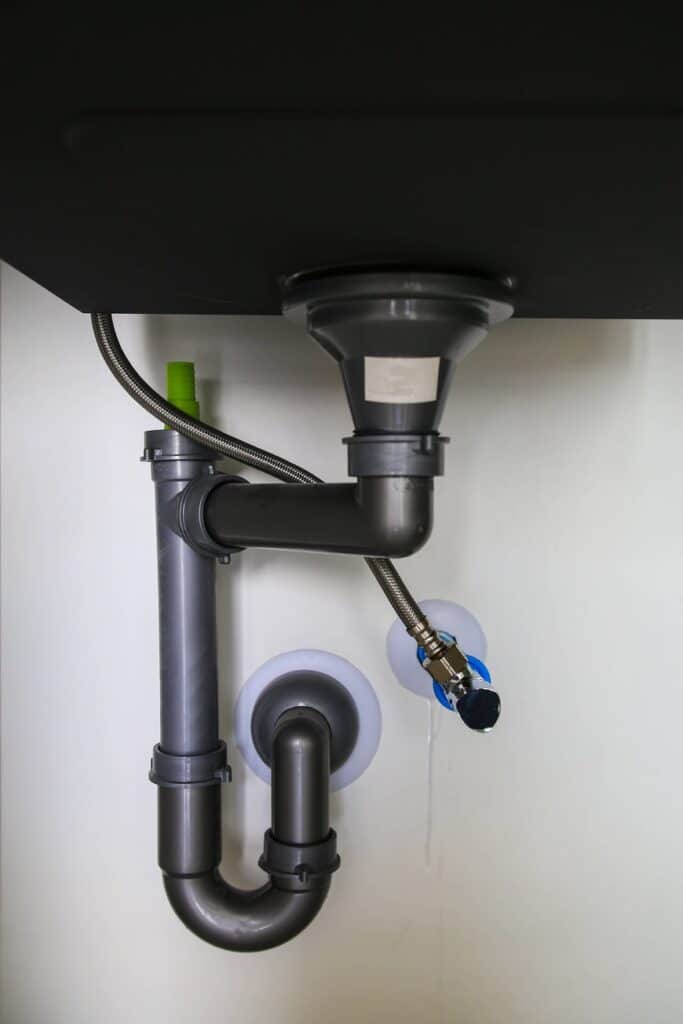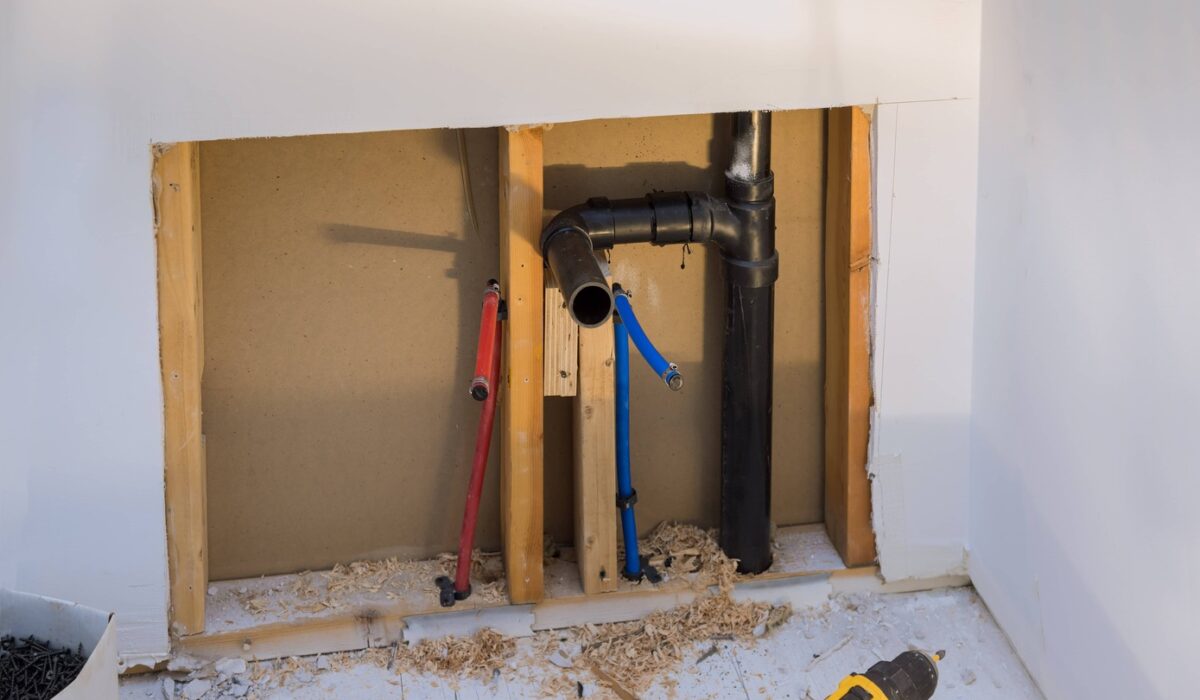In the world of plumbing and water management, drainage pumps are essential for efficiently managing water flow within various settings, ensuring that homes and businesses can cope with excess water from storms, floods, or daily use. Without them, we would be at the mercy of water damage. In this article, learn about wet vents versus dry vents, as well as their advantages and disadvantages, and answer what is wet venting in a bathroom?
Drainage Pumps
The importance of drainage pumps cannot be overstated. They are the cornerstone of effective water management systems, designed to prevent the accumulation of excess water which can lead to flooding and structural damage. In residential areas, they are often found in basements, where water can collect due to rain or internal leaks. In commercial and industrial settings, drainage pumps are vital for maintaining operations in areas prone to high water intake levels.
By swiftly removing water, these pumps protect foundations, prevent mold growth, and keep environments safe and dry.
What is a Wet Vent?
Plumbing systems are a network of pipes, and among them, the wet vent is a unique component. It is a system that allows a vent pipe to double as a drain, carrying wastewater away, and also serves as a vent for one or more fixtures. This dual functionality makes it an efficient space-saving solution in plumbing design, allowing for fewer pipes without compromising the system’s integrity.
When comparing wet vents to dry vents, the key difference lies in their functions. A dry vent solely serves as a passageway for air, helping to maintain proper atmospheric pressure within the waste system and allowing sewer gases to escape. It never comes into contact with water. On the other hand, a wet vent is multifunctional, handling both the venting of gases and the draining of wastewater.
However, this means wet vents must be carefully sized and installed to ensure they can effectively manage both tasks without compromise.

Pros and Cons of Wet Venting a Bathroom
Wet venting in a bathroom comes with its set of advantages, such as simplifying the plumbing network by reducing the number of pipes required, which can lead to lower installation costs. It also offers more flexibility for fixture placement within the bathroom layout.
However, there are disadvantages to consider. Wet venting imposes limitations on the types and number of fixtures that can be connected. If not properly designed, it can result in decreased drainage performance. Additionally, strict code requirements may limit the application of wet venting in certain scenarios.
Rules and Codes
Adhering to wet vent codes is crucial for the safety and efficiency of any plumbing system. These codes, which vary by region, typically include specific rules regarding the permissible distance between fixtures and the wet vent, minimum pipe diameter requirements, and the fixtures that can share a wet vent. Compliance with these regulations ensures that the plumbing system operates correctly and safely.
Signs of Poor Wet Venting
Signs of poor wet venting can manifest in several ways. Slow drainage from fixtures might indicate an issue, as well as gurgling noises that suggest trapped air within the drains. Unpleasant odors may arise if sewer gas becomes trapped due to inadequate venting. Frequent clogs or backups also signal that the wet vent may not be working as intended.

Other Drain Maintenance
Now that you know what a wet vent is, it is a good time to learn about other drain maintenance in the home. All fixtures connected to the wet vent should be monitored to ensure they are operating correctly. Periodic professional inspections are recommended to adhere to local codes and to address any issues before they escalate.
One of those is pouring bleach down the drain. The good thing is that this is okay as long as you follow it with water. The bleach is helpful in that it can kill viruses and mold and mildew that may grow in the drain.
Another is removing a drain stopper. You may need to do this if there is a clog in the sink, it is slow draining, or you need a repair or replacement. Also, you may need to remove a drain stopper to inspect the condition of the drain or pipes. There are steps to follow and you will need tools to do this.
Lastly, drano is bad for pipes. There are a lot of other alternatives such as bleach, baking soda and vinegar as well as boiling water that are better on the pipes and do a good job.
When to Call a Professional
If you encounter persistent problems such as frequent clogs or slow draining, it’s time to call a professional plumber. These issues often point to the wet vent not functioning well, and can lead to more serious complications if left unaddressed. A professional can provide a thorough assessment and implement the necessary corrections to restore proper plumbing function.
Conclusion
Wet venting represents a clever solution in plumbing, offering significant benefits when executed correctly. Understanding the role of drainage pumps, the distinctions between wet and dry vents, and the associated regulations and maintenance practices is essential for homeowners and building managers alike.
Being vigilant about the signs of poor wet venting and knowing when to seek professional help are critical steps in maintaining a functional and efficient plumbing system. While taking care of the wet vent, reach out to Edifice Inspections in Peachtree Corners, GA for a home inspection.

